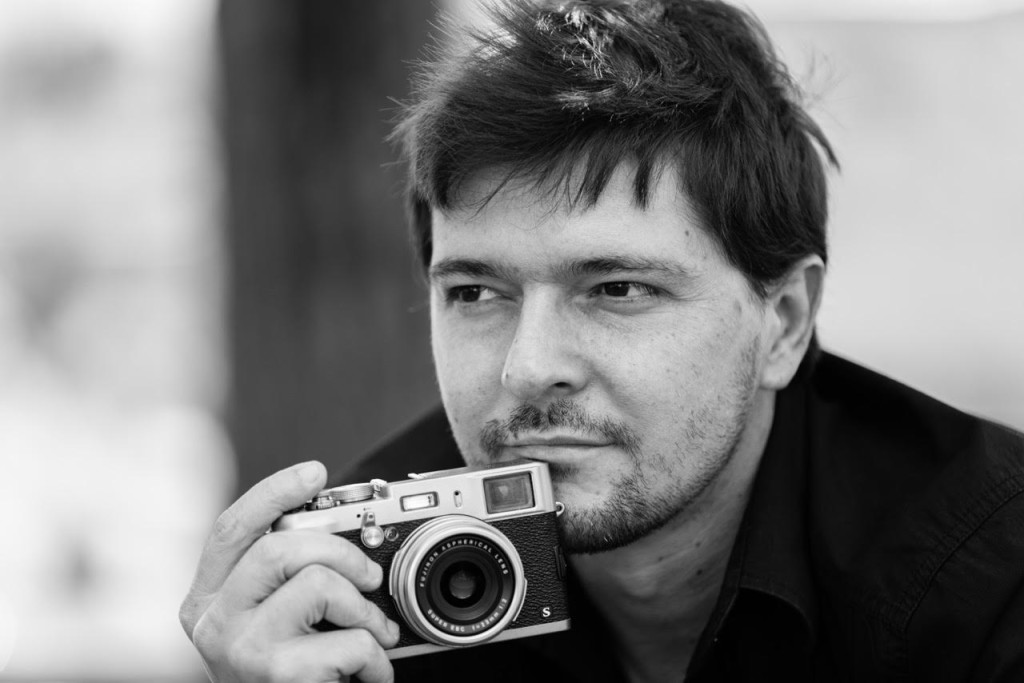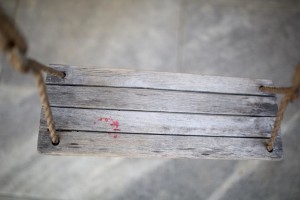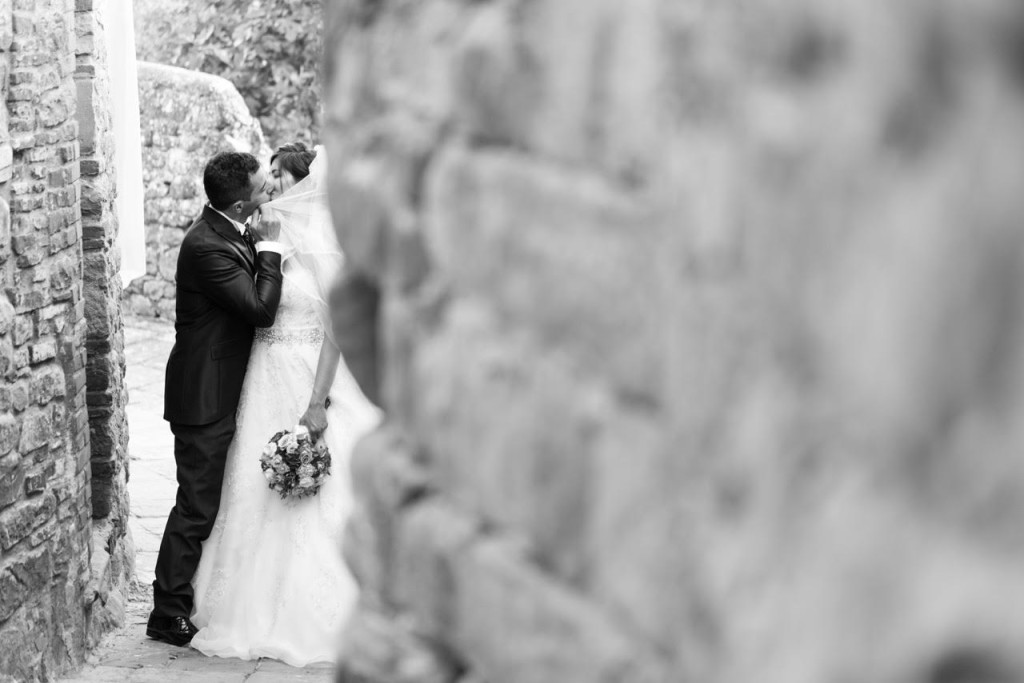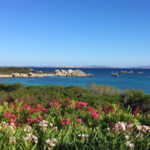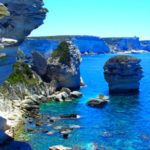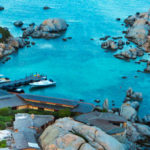“Photography, from Florence to the South”
Emiliano Cribari was born in Florence in 1977.
His eclecticism immediately attracted our attention and he is now one of our closest collaborators. He is the author of the photos depicting Villa Tolomei and the event “Hero a Firenze”. In this interview, we have asked him about the world of photography and images.
Hi Emiliano, what is the current state of photography?
If you look at it from the viewpoint of end users, well, photography is in great shape. There is a proliferation of images, exhibitions, courses, cameras… Photography has never been so popular! However, if you look at it from the point of view of photographers (by which I mean professional photographers), you come to a different conclusion: digital photography is literally killing the professional market, tricking people into thinking that taking photos is easy, or that it’s just a game… Today images are viewed at a crazy speed, which belittles the work of photographers and the long time they dedicate (or should dedicate) to each image. Quantity has become more important than time and quality. It is mortifying.
From Florence to “Piccolo Sud”: why the South?
Because it is in my blood and in my memories: my father is from Calabria, and I have been lucky enough to spend almost every summer of my life somewhere in the South, in many different places that touched me deeply. So many years later, I am trying to tell the stories of those places through the photographic filter of memory.
Do you consider the decision to use of photography as a narrative medium as a fundamental choice?
I do now, yes. I would not be able, nor would I want, to tell a story in any other way. In general, however, it may be that, in the future, more and more stories will be narrated through film rather photography. Although I believe that photography will live forever.
For many years, both film and photography have been part of your life. Which has been more important in your professional training?
Cinema and photography coexist in your biography in years. What do you consider most indispensable in your training?In my professional training, definitely film. My approach to images basically took shape through film, from which I ‘inherited’ my meticulousness, my taste for scenic composition, and my ability to work in a team, among other things.
Why did you choose the image of an empty swing for your website homepage?
For two reasons. First of all, because a swing represents childhood, memory, and poetry. It represents loneliness and marginality. It’s like an unheard lament. A lament that fascinates and inspires me. Secondly, this swing is a symbolic image: it is everything and nothing. And for a photographer working in a variety of fields – weddings, advertising, interior photography, etc. – choosing a homepage image related to a specific field may mean losing potential customers (interested in other fields). In other words, it’s like an innocent invitation to enter the website.
The wedding industry seems to be thriving nowadays, and photography has always played a key role in it. Do you think that something is changing in the visual language used in this sector?
Absolutely. Until a few years ago, wedding photography was (rightly) regarded as a “second-class” type of photography practiced mostly by amateurs, or by professionals sticking to an old-fashioned approach. Most of the time, a wedding photographer was a middle-aged man who wore a dark blue or light brown vest, with a bunch of flashlights and cameras hanging from his neck, and who, after the ceremony, would “kidnap” the bride and groom for hours, forcing them to strike ridiculous poses underneath some little archway or near some flowers. Luckily things are very different today (with some exceptions!). Photography is more and more similar to a form of reportage. And wedding photographers have become better photographers, able to create extraordinary images, in a style that combines fashion and quality photojournalism.
In your portfolio there is a clear distinction between professional and personal shots. Is there a strong difference between the two, or do they stem from the same expressive intent?
The only real distinction is the absence of a customer (in the case of personal shots, of course). For the rest, that is my portfolio: the images are always chosen based on my taste and style, so I think you can still detect a common thread running through the two types of photography.
What role do instinct and technique play in your personal projects?
Unfortunately I am constantly preoccupied with technique. I am obsessed with technique. And I can’t forgive myself for this limitation that I have. I have trashed photographs (even important ones) because of a slight, almost imperceptible blur. I check every single detail. In this way I constantly push myself to improve, but I also restrain my instinct too much, which means I don’t seem very creative at times. I feel an irrepressible need to control everything, to always give more than the maximum I can possibly give.
Is there something you just cannot stand about your job or the world of photography in general?
There is something that just can not stand your world or of photography in general?In addition to what I mentioned in my first answer, I would say those who work illegally. It is a world full of people who steal work opportunities from honest professionals and evade taxes. It is a revolting mechanism, but luckily it does not seem to have much future…
Who are your biggest influences in terms of your development as an artist? Are they all photographers?
No. I devour photography books almost every day, but the artists who have influenced me as a photographer are all filmmakers. Top Italian filmmakers. From Nanni Moretti to Giuseppe Tornatore.
A commonly asked question is “What is your advice for someone starting out as a photographer?”. However, we would like to know what you would tell them not to do?
Do not start working without studying first. And do not start working just to earn a little something. There is only one way to save professional photography – the photography made by real, serious photographers – from its decline, and that is through a renewed and profound respect for this art, and for those who pursue it with love and hard work every single day.

